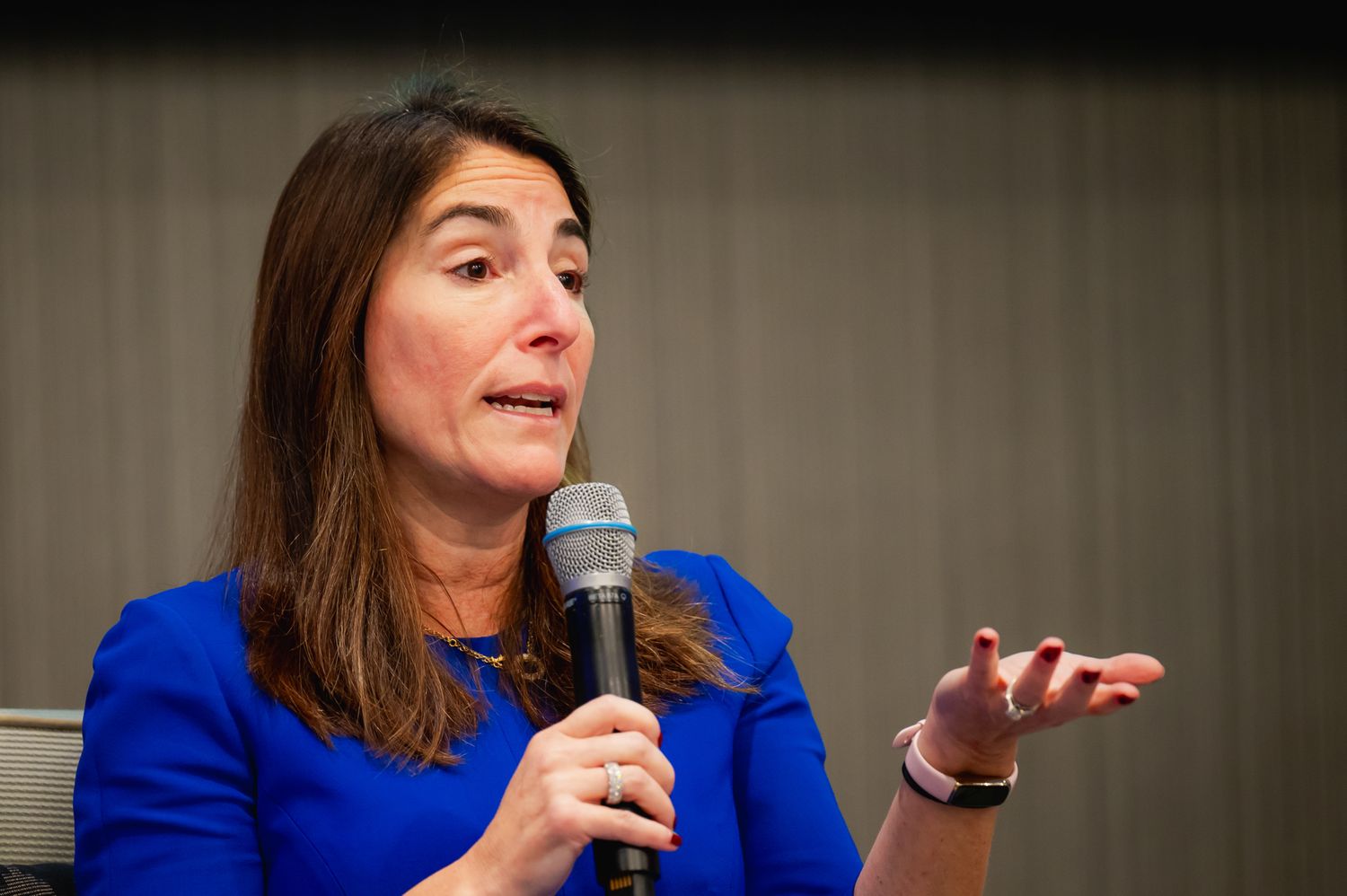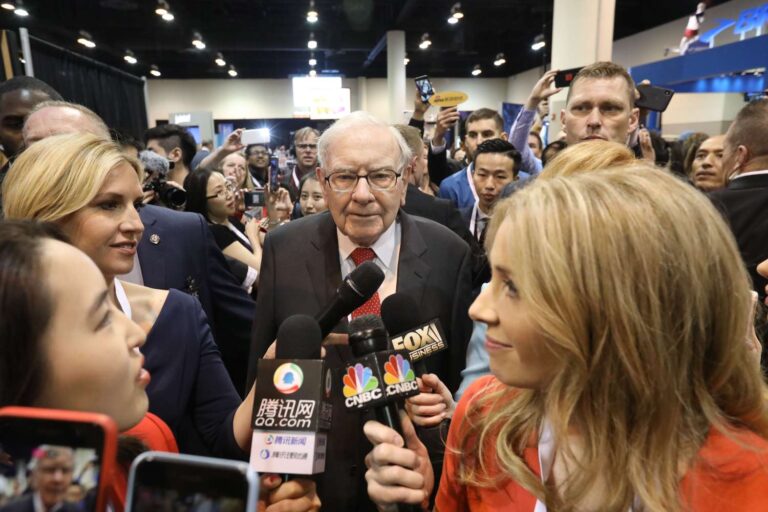
:max_bytes(150000):strip_icc():format(jpeg)/GettyImages-2243837894-31a6413a00df4dc1bd0fc9b67ca5a831.jpg)
Key Takeaways
- Three Fed officials said Friday they disagreed with the Fed’s decision to cut the central bank’s key interest rate by a quarter-point this week.
- The Fed cut interest rates to preserve the job market, and the diverging views reflect the difficulty of its dilemma as it pursues a dual mandate to maintain high employment and low inflation.
The Federal Reserve is letting up too soon on its war against inflation, according to an increasingly vocal contingent of Fed officials.
Three Federal Reserve officials said Friday that they disagreed with the Federal Open Market Committee’s decision to cut its benchmark interest rate by a quarter-point this week. One of the members, Kansas City Fed president Jeffrey Schmid voted to keep rates steady but was outnumbered.
His counterparts, Beth Hammack at the Cleveland Fed and Lorie Logan of the Dallas Fed, participated in the Federal Open Market Committee’s meeting but are not voting members this year. (The 12-member FOMC gives voting status to four of 11 regional Fed presidents on a rotating basis.)
The dissenting remarks illustrated the dilemma the central bank faces. The Fed is tasked with a dual mandate to keep inflation stable and employment high. Pressures on both sides of the mandate are pulling the central bank in opposite directions for its benchmark interest rate.
Inflation has exceeded the Fed’s target of a 2% annual rate for more than four years, and tariffs are pushing it in the wrong direction, which the Fed would normally address by raising rates. Meanwhile, President Donald Trump’s trade wars are fueling uncertainty that has discouraged job growth and raised fears of a spike of unemployment, which the Fed is counteracting by lowering rates.
What This Means For The Economy
Divisions within the Federal Open Market Committee make the Fed’s interest rate movements far less predictable than they usually are.
Fed members disagree about which problem is more urgent for the Fed to tackle, since it can’t do both at once. Fed Chair Jerome Powell said Wednesday that there were “strongly differing views” among participants in the FOMC’s two-day policy meeting this week.
“I would have preferred to have held rates steady at this meeting and not to reduce rates,” Hammack said at a fireside chat event in Dallas. “We’re being challenged on both sides of the mandate. We have inflation, and it is too high. It’s about a percentage point above our target, and has been there for a long period of time.”
Speaking at the same fireside chat, Atlanta Fed President Raphael Bostic said he was also concerned about inflation, but was persuaded to vote for a cut because he believes the fed funds rate’s current level, at a range of 3.75% to 4%, is still high enough to discourage lending and restrict economic activity. The fed funds rate directly influences borrowing costs for short-term loans.
Schmid said in a statement that he would have preferred to keep rates steady.
“By my assessment, the labor market is largely in balance, the economy shows continued momentum, and inflation remains too high,” he said.
Dallas Fed president Lorie Logan agreed.
“I would have preferred to hold interest rates steady at this week’s FOMC meeting,” she said at an event in Dallas, according to prepared remarks. “Congress gave the FOMC a dual mandate: to pursue maximum employment and stable prices. The labor market remains balanced and cooling slowly. Inflation remains too high, taxing the budgets of businesses and families, and appears likely to exceed the FOMC’s 2% target for too much longer. This economic outlook didn’t call for cutting rates.”







